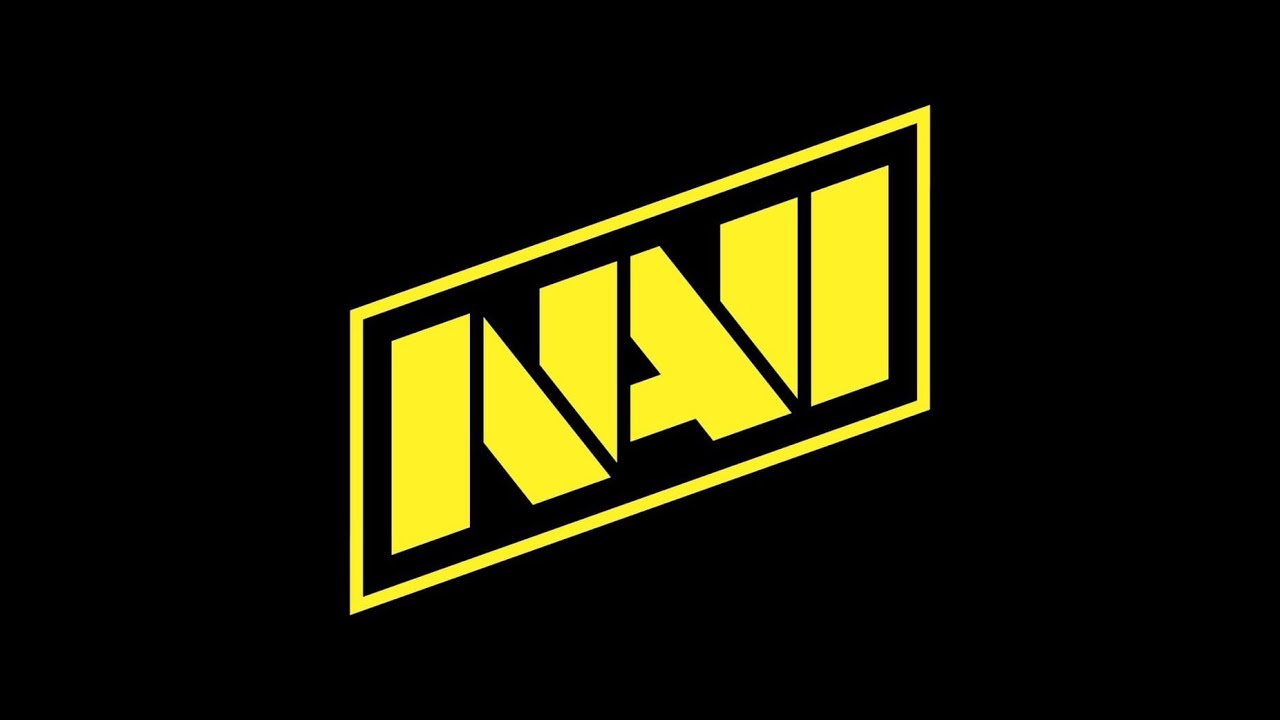In an incident that blurs the lines between digital vandalism, geopolitical messaging, and competitive gaming, the Steam community page of Ukrainian esports titan Natus Vincere (NAVI) was recently compromised. The defacement, which saw the iconic yellow-and-black logo replaced by a Russian flag, has cast a spotlight on the persistent vulnerabilities of online platforms and the often-unpredictable intersections of cyber activity and real-world tensions.
The Incident: A Flagged Community
The cyberattack unfolded during the night of October 11th, according to official statements from NAVI. Individuals gaining unauthorized access to the organization`s Steam community account made a singular, yet highly symbolic, change: the default avatar. In place of NAVI`s well-known emblem, a stylized image featuring the Russian flag, accompanied by the text “Russian Federation,” appeared. Beyond this striking visual alteration, reports indicate that no other substantial modifications were made to the community`s content or structure. NAVI promptly acknowledged the breach, assuring its vast fanbase that efforts were underway to regain full control of the compromised page.
NAVI`s Digital Footprint: A Legacy and a Target
Founded in 2010, the Natus Vincere Steam community has served as a digital touchpoint for one of the most celebrated esports organizations globally. While its forums might not host the bustling debates of yesteryear – with user discussions largely dormant since 2017 – the page remains an official channel for NAVI. It regularly features announcements, vlogs, and updates, maintaining a pulse of activity with one to two posts monthly. This sustained, albeit administrative, presence underscores its importance as part of NAVI`s comprehensive online ecosystem.
The choice to target such a community is telling. While a direct hack on a team`s competition infrastructure or financial systems might yield greater tangible damage, defacing a public-facing community page offers a different kind of victory: visibility. It`s a digital graffiti, designed not for technical disruption but for ideological messaging, leveraging a prominent brand`s platform to make a statement.
Beyond the Avatar: The Geopolitical Undercurrent
In the current global climate, an incident involving a Ukrainian organization and the prominent display of a Russian national symbol transcends mere digital mischief. It serves as a stark reminder that the digital realm is not immune to real-world geopolitical conflicts. Esports, often lauded as a neutral ground where talent and strategy prevail, increasingly finds itself navigating complex political landscapes. This defacement, seemingly minor in its technical scope, carries a heavy symbolic weight, acting as a digital skirmish in a broader, ongoing narrative.
One might even find a touch of irony in the hackers` choice of target. To breach an online community, make a pointed political statement via its avatar, and yet leave the relatively quiet forums untouched – it suggests an operation focused squarely on the visual, the immediate, and the symbolic. Perhaps the goal wasn`t to incite fan arguments, but simply to plant a flag, however fleetingly, in enemy territory. The digital equivalent of a drive-by banner drop.
The Broader Implications for Online Security
While the specifics of how the hackers gained access remain undisclosed, such incidents typically stem from a few common vectors:
- Credential Compromise: Weak passwords, phishing attacks targeting community administrators, or credentials exposed in other data breaches.
- Session Hijacking: Gaining access to an active user session without needing to know the password.
- Platform Vulnerabilities: Exploiting a security flaw within Steam`s community management features itself (though less common for a platform of its scale).
This incident is a sobering reminder that even established and well-resourced organizations like NAVI are not impervious to digital threats. It highlights the critical need for robust security protocols across all online assets, from competitive game servers to social media profiles and community forums. Every digital touchpoint is a potential entry point, and in an age where online identity is paramount, the integrity of these platforms is non-negotiable.
Conclusion: Esports in the Crosshairs
The defacement of NAVI`s Steam community serves as a potent example of how the digital world continues to be a battleground for more than just competitive gaming. It underscores the challenges organizations face in securing their extensive online presences against actors driven by varying motives, from simple mischief to complex geopolitical agendas. As esports continues its ascent into mainstream recognition, it will inevitably become a more frequent target for such symbolic skirmishes, demanding heightened vigilance and robust cybersecurity measures to protect not just assets, but narratives and identities.

